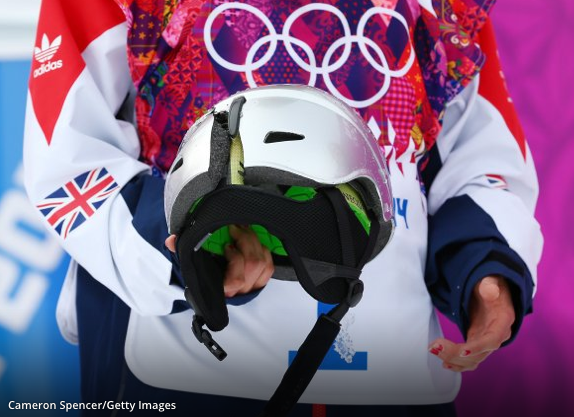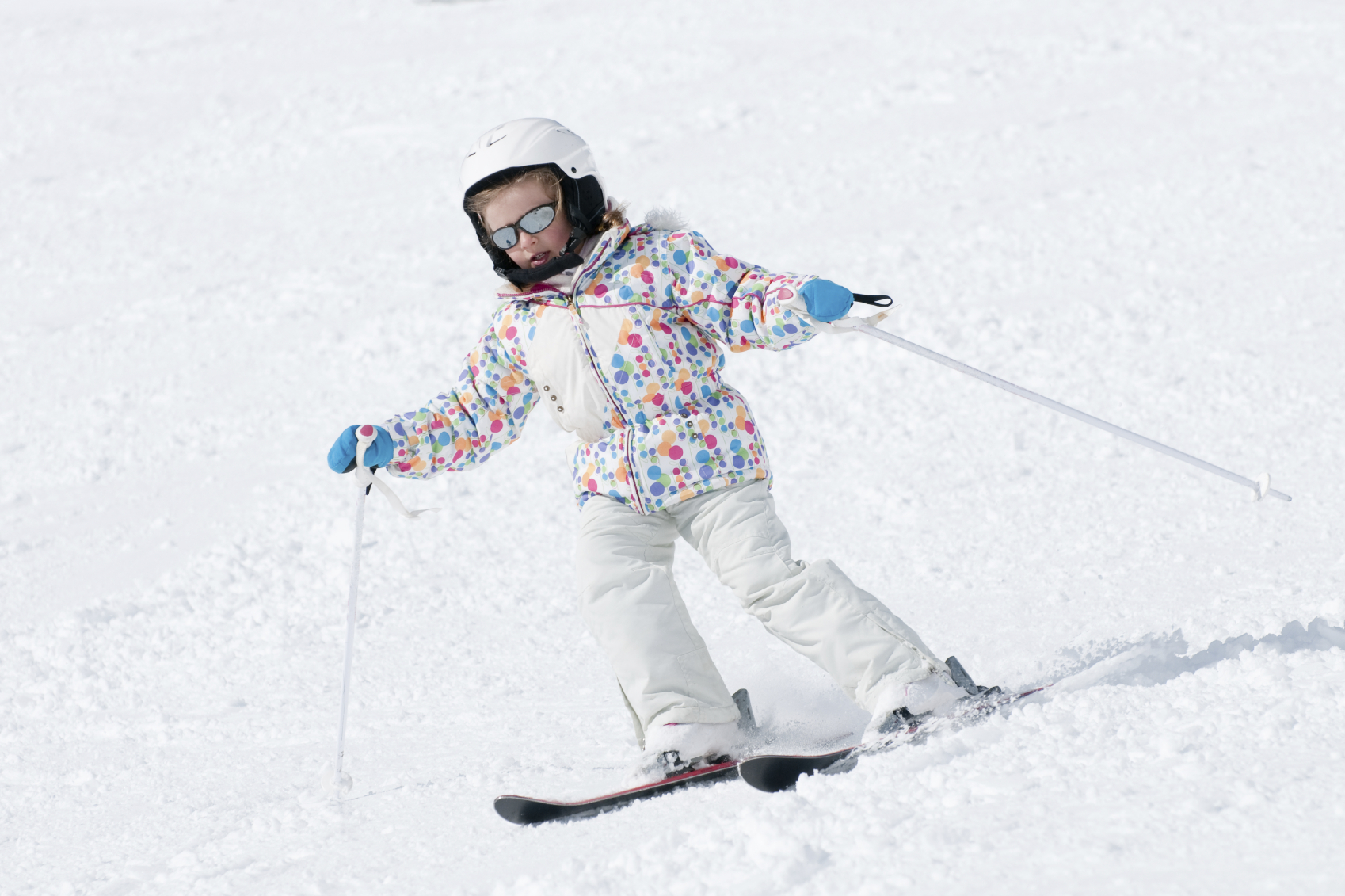 The Olympics are about collecting gold, silver and bronze. But coming out of Sochi 2014, parents and kids should also take notice of the value of good, well-molded plastic.
The Olympics are about collecting gold, silver and bronze. But coming out of Sochi 2014, parents and kids should also take notice of the value of good, well-molded plastic.
Check out the helmet of Czech snowboarder Sarka Pancochova, cracked up the middle from the hard impact of a fall during the slopestyle snowboard final. Thankfully, Pancochova came away from the crash nearly unscathed. With no helmet on? "I think anyone watching that video believes it would have been her noggin," says Dr. Fred Rivara, University of Washington division chief of pediatrics. "The weight of the evidence suggests helmets are effective. Helmets work. Helmets should be used."
An estimated 10 million Americans ski or snowboard each year in the United States, with approximately 600,000 injuries reported annually, according to data reviewed by Johns Hopkins University School of Medicine. So as moms and dads of kids who ski and snowboard, we can say, "OK, kid, wear your helmet and you'll be safe, end of story." No. Because parenting is never simple, and neither is this issue.
Several studies show that while helmets may be helping reduce the incidence of head injuries in younger children, adolescent head injuries sustained during snow sports, both alpine skiing and snowboarding, have increased.
A study released in 2013 by the University of Washington found that during the period of 1996–2010, traumatic brain injuries, or TBIs, sustained during a snow sport increased 250% overall in adolescents 13–17 years of age, an increase that frankly surprised researcher Janessa Graves, Ph.D., who now works at Washington State University in Spokane. The likelihood of head injuries among children 4–12 years old was 111% higher in the 2009–10 season compared to 1996–97.
Researchers at Western Michigan University looking at data between 2004 and 2010 concluded that the only age group with a decreasing proportion of head injuries was children younger than 10 years old. Skiers and riders between 11 and 17 sustained a greater proportion of head injuries (47.7%) than did any age group.
Experts disagree on what is behind the increase in head injuries among the older set. Graves suspects one cause is the proliferation of terrain parks at ski resorts and growing popularity of extreme sports including backcountry skiing. "There's also a lot of information sharing, where kids have their GoPros, they're putting their videos on YouTube, kids are exposed to more," says Graves. She speculates social media sharing may contribute to adolescent and teen risk-taking on the slopes.
As with research related to traumatic brain injuries in other sports such as football, the UW study also suggests the trend may have to do with improved recognition of symptoms of TBI and increased reporting to emergency departments for head injuries sustained.
Since 2002, the National Ski Areas Association has promoted Lids on Kids, a resource for parents to learn about proper helmet use. NSAA reports that 90% of kids under age 9 wear helmets on the hill. But the Lids on Kids program also emphasizes behavior, urging skiers and riders to wear a helmet but ski or ride as if they were not. A skier's behavior has as much or more to do with the safety of the sport as does any piece of equipment, say the group's public service announcements.
A 2012 Johns Hopkins-led study challenged the notion that helmet wearing increased risky behavior. Study authors concluded that helmets clearly saved the lives of skiers and snowboarders, and disputed claims that helmet use gives athletes a false sense of security and actually promotes dangerous behavior. Rivara agrees, "The idea that helmets might increase risky behavior is silly."
A bill in California to mandate helmet use among children was vetoed in 2011 by Governor Jerry Brown, a move that surprised even fans of the democratic governor. Brown wrote that while he appreciated the value of wearing a ski helmet, "Not every human problem deserves a law."
In Washington, there is no law requiring snow sport helmet use — the decision rests with ski school programs and parents. Rivara agrees that adults need to talk to kids about choices they make when they are out skiing or riding, "After all, it's not only them on the slopes, it's other people out there too."












